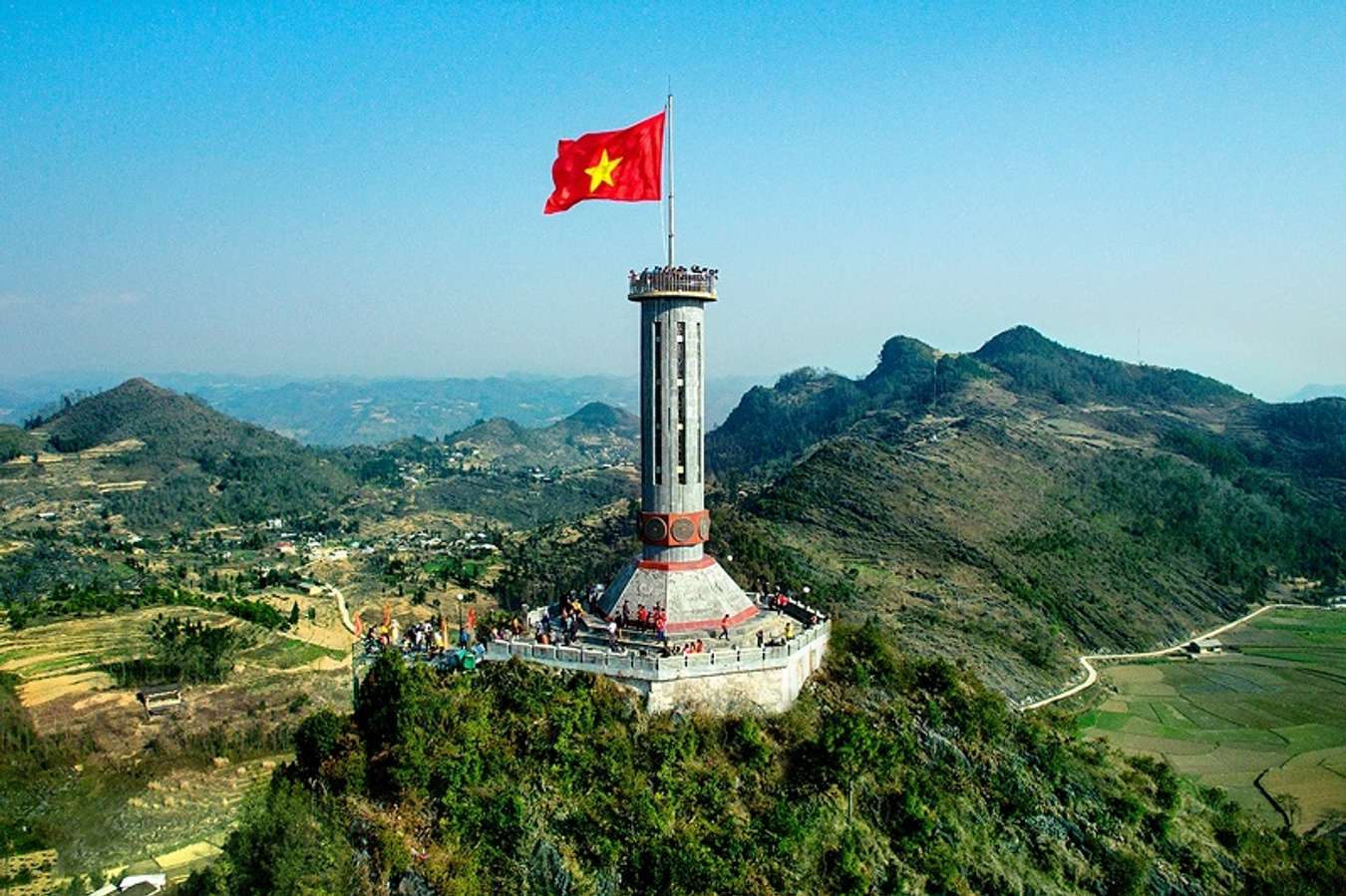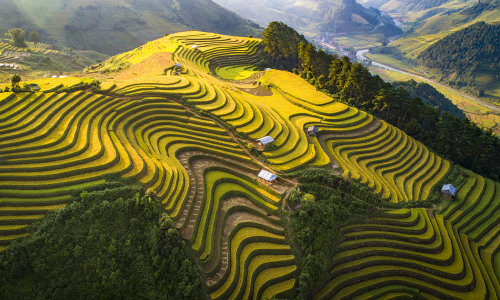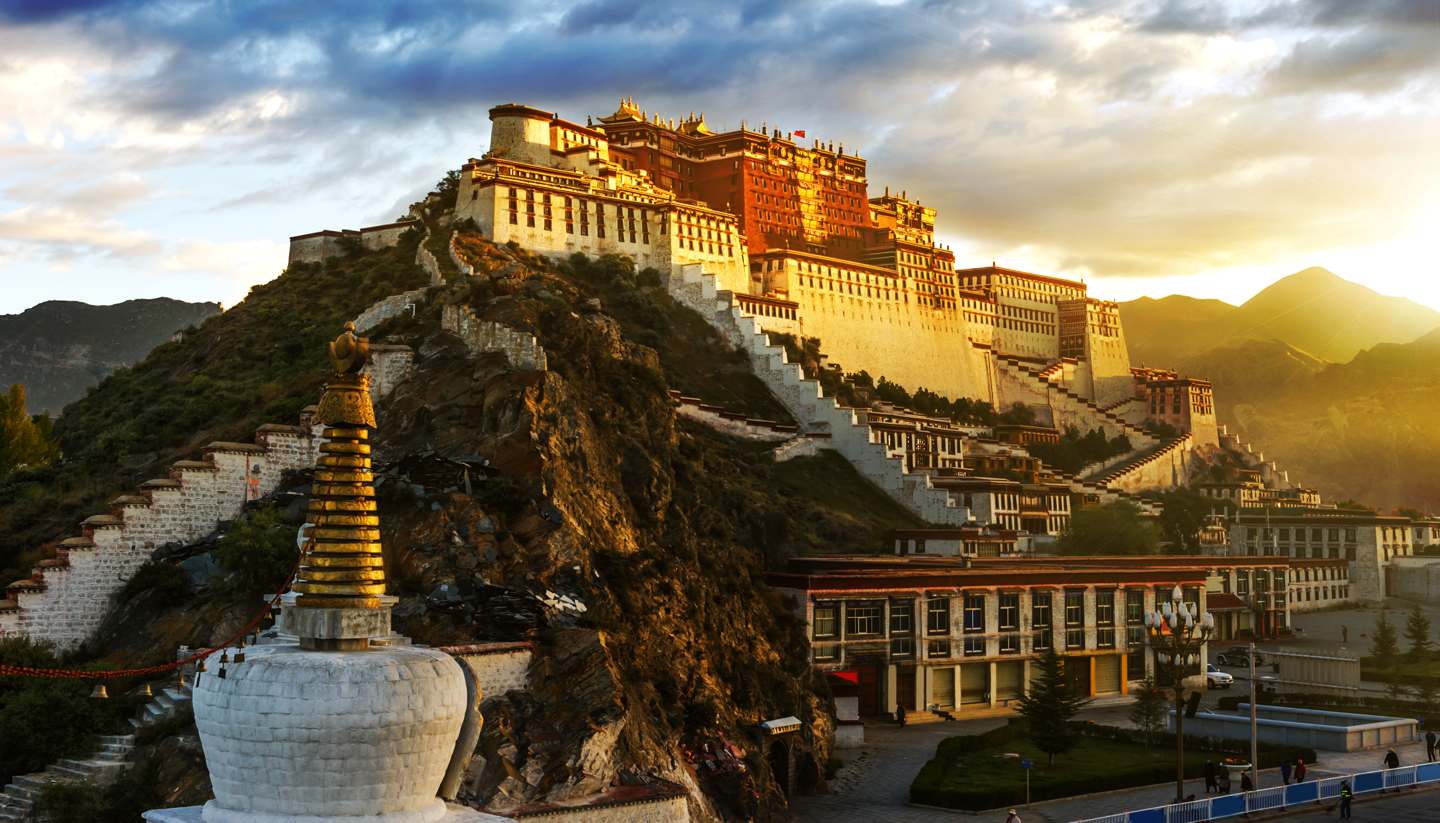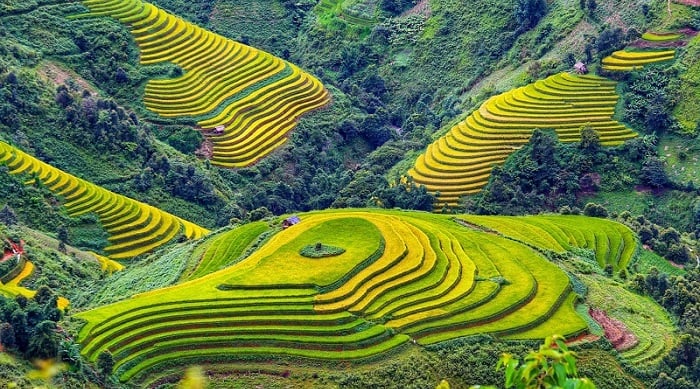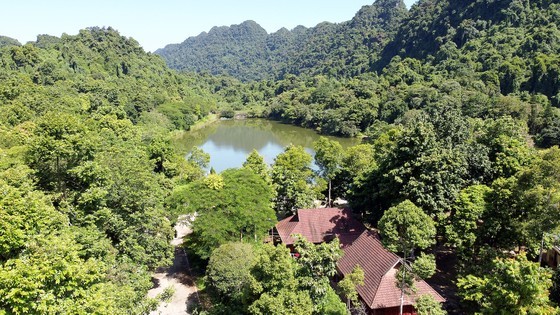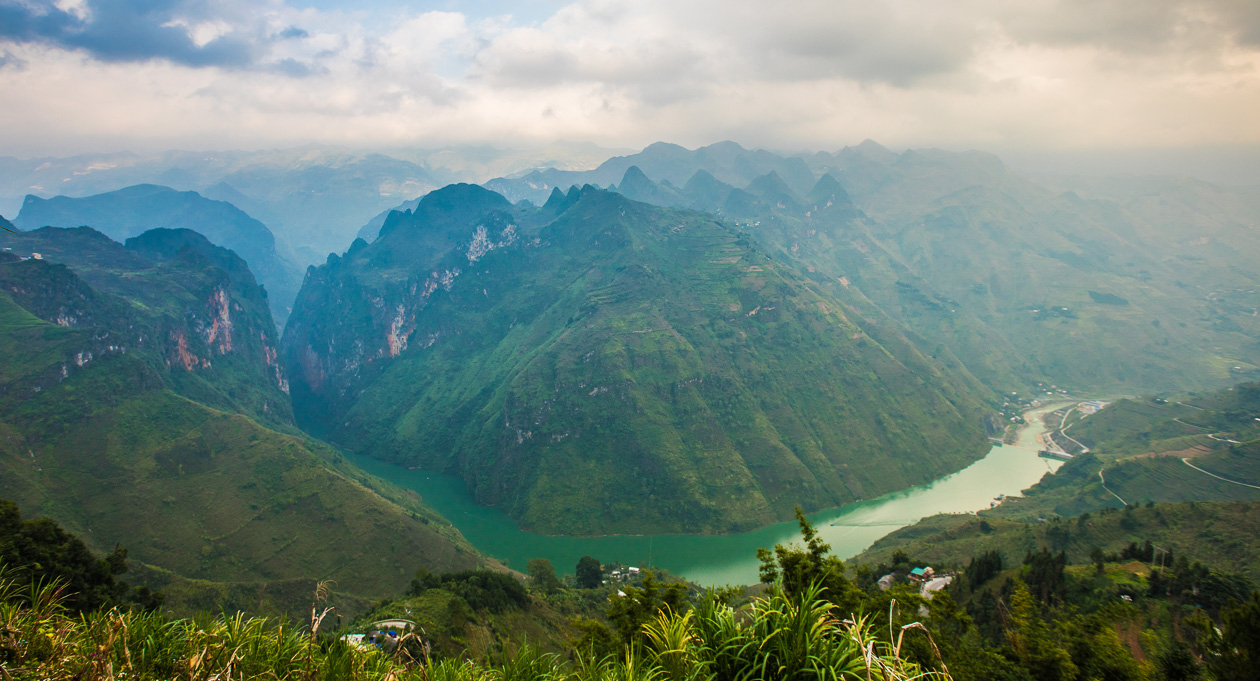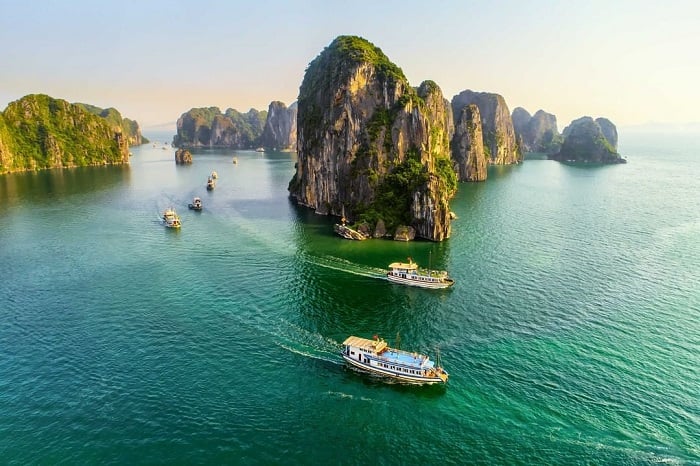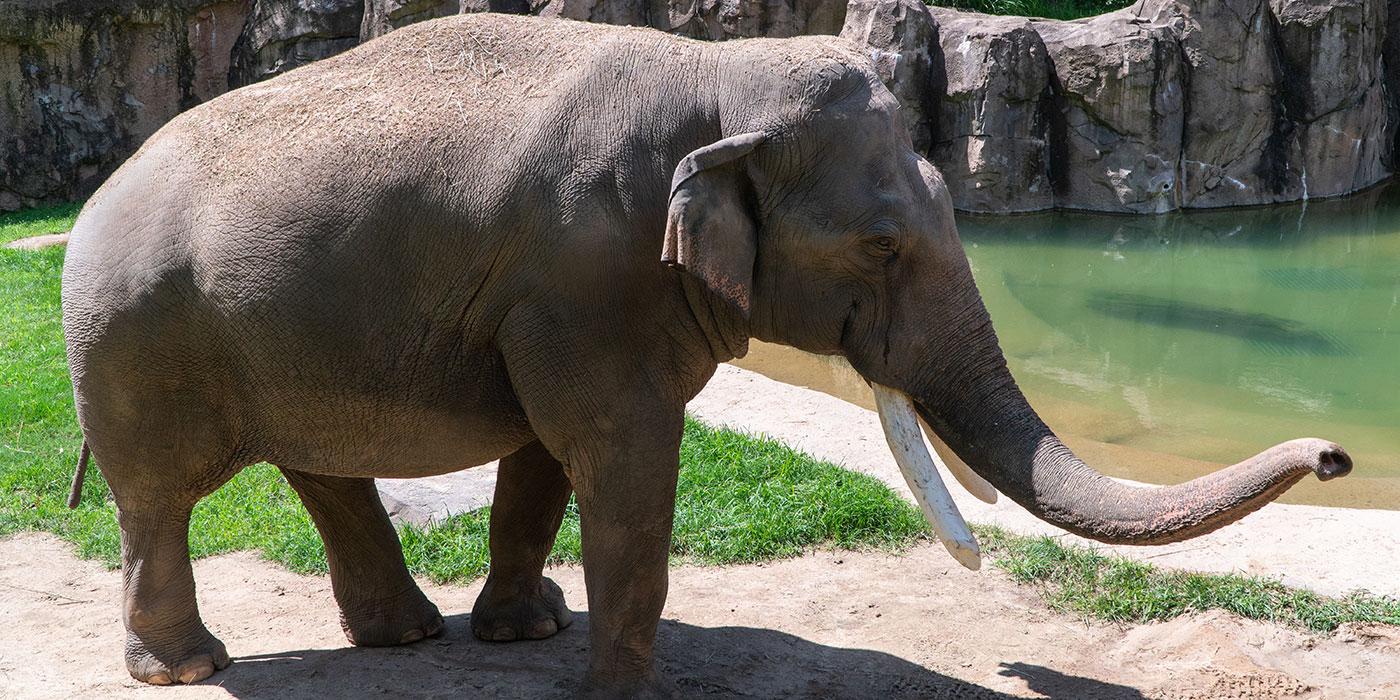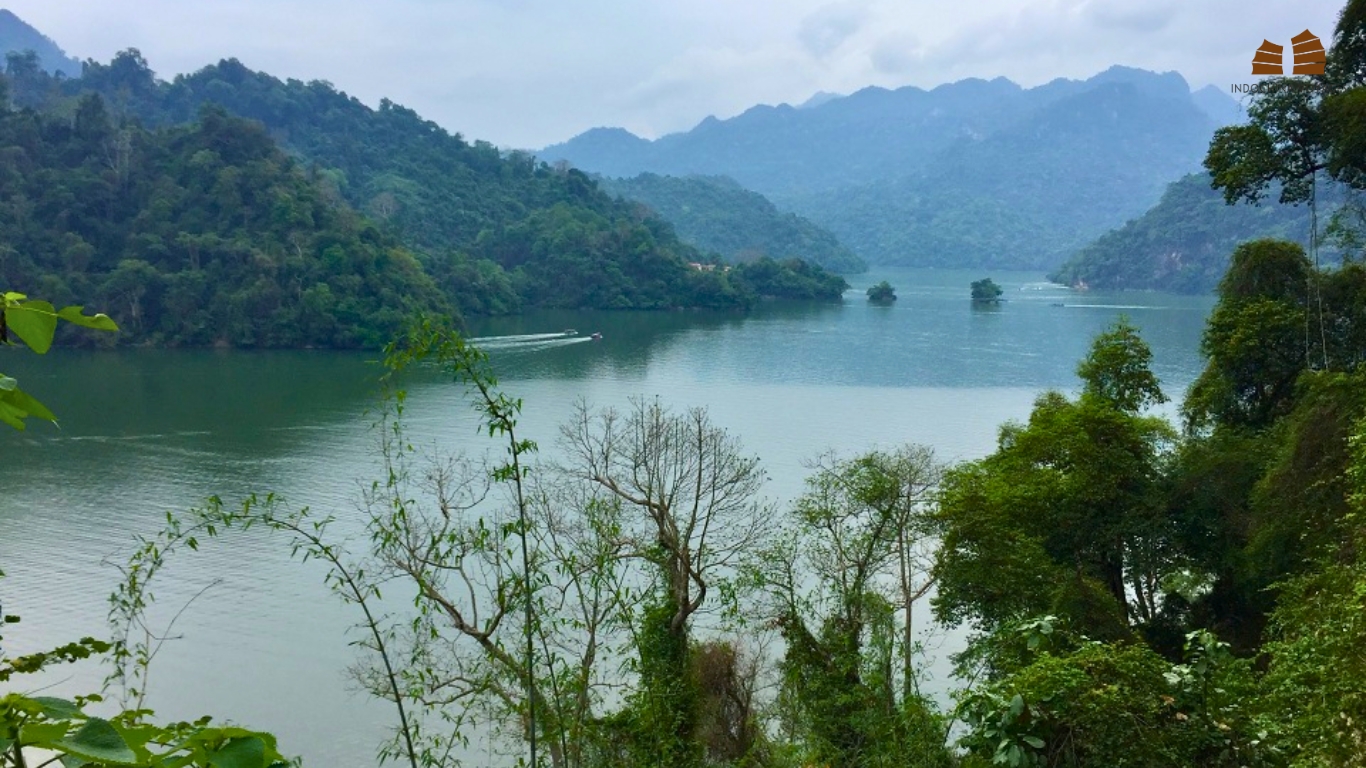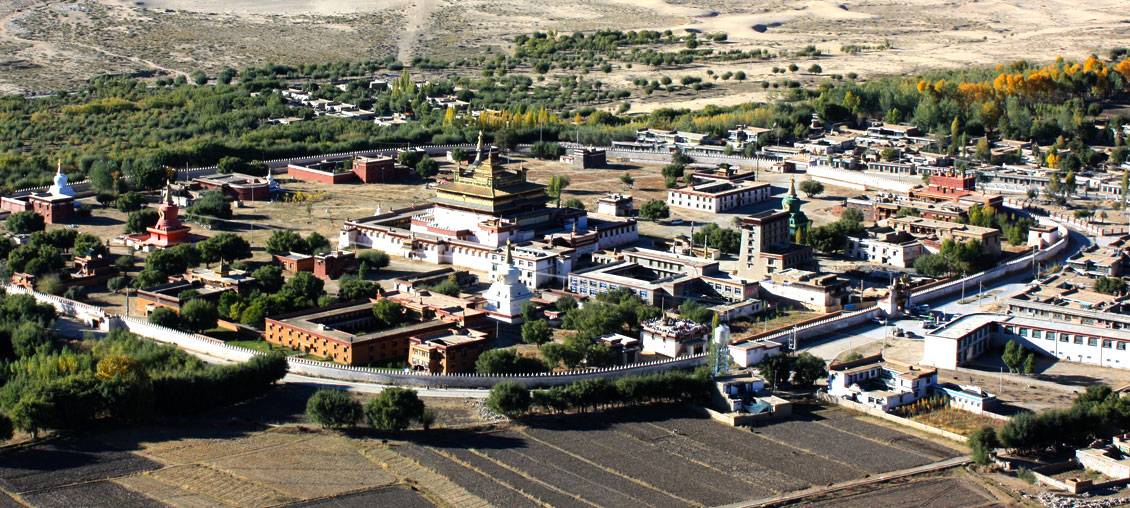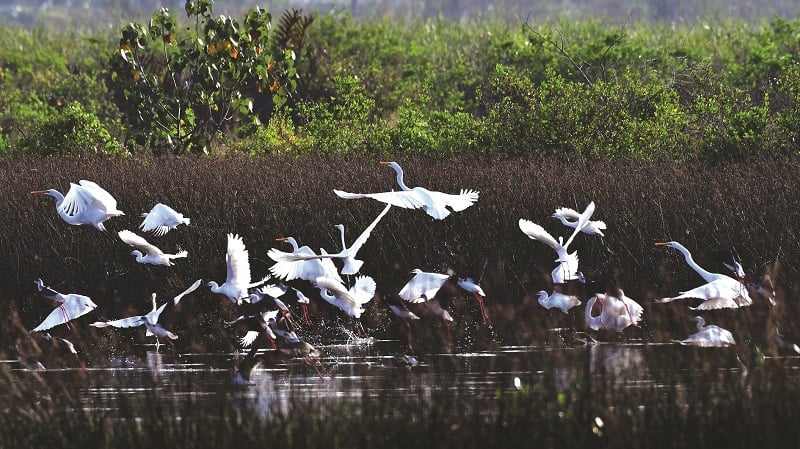Yarlung Tsangpo Grand Canyon: Nature's Marvel
Explore the Yarlung Tsangpo Grand Canyon, the world's deepest, a breathtaking testament to nature's power.
The Majesty of the Yarlung Tsangpo
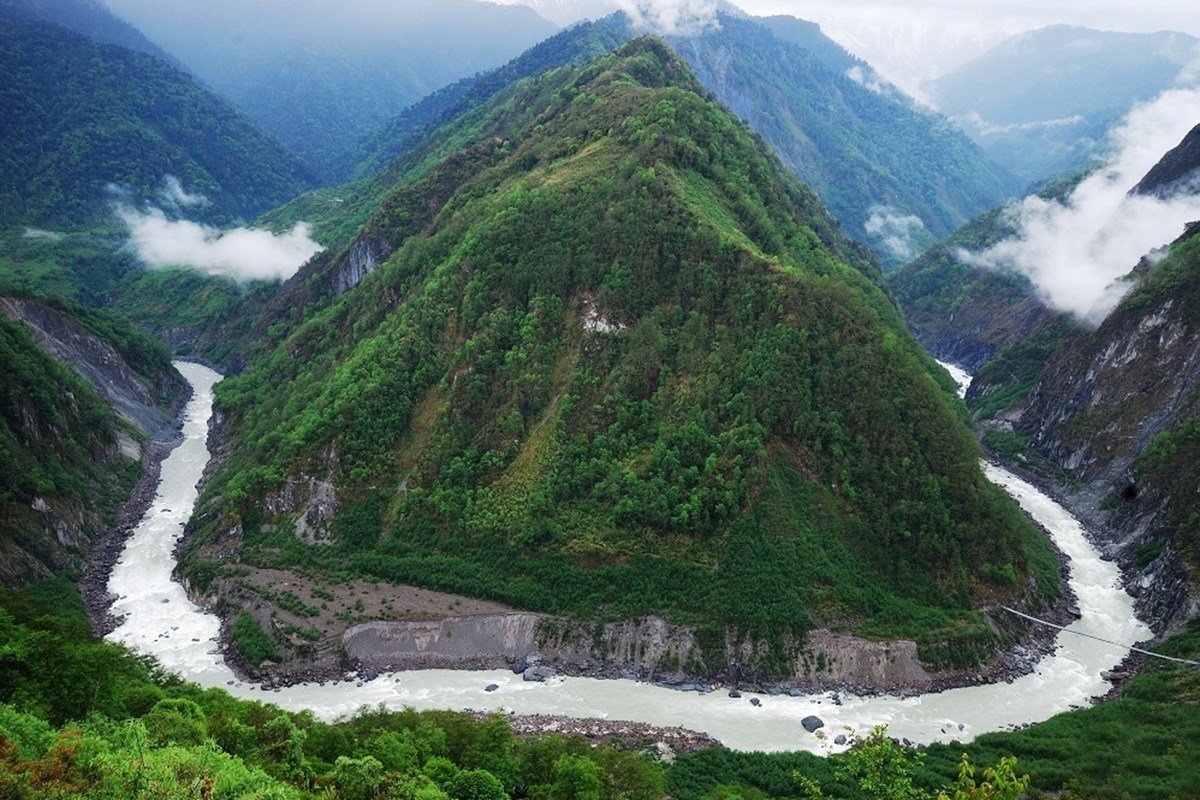
Nestled in the eastern Himalayas of Tibet, the Yarlung Tsangpo Grand Canyon, known as the world's deepest canyon, presents one of the most striking landscapes on Earth. Carved by the mighty Yarlung Tsangpo River, this canyon stretches over 500 kilometers (about 310 miles) and reaches depths of more than 6,000 meters (nearly 20,000 feet), offering a stunning display of nature's sculpting prowess.
A Hidden World of Biodiversity
The canyon's diverse ecosystems range from tropical rainforests at its lowest elevations to alpine meadows at its highest points. This variation in altitude and climate creates a haven for an astonishing variety of flora and fauna, making the canyon a hotspot for biodiversity. Rare species such as the snow leopard, the red panda, and numerous endemic plants find refuge within its secluded depths, thriving in its untouched habitats.
The Heart of Tibetan Culture
Beyond its natural wonders, the Yarlung Tsangpo Grand Canyon is deeply woven into the fabric of Tibetan culture and spirituality. The river is considered sacred, embodying the essence of Tibet's spiritual life. Along its banks, ancient monasteries and secluded meditation retreats perch precariously, offering spaces of serenity and spiritual solace. The canyon's rugged terrain and remote location have preserved the unique way of life of its inhabitants, who maintain centuries-old traditions and practices.
An Adventurer's Paradise
For the intrepid explorer, the Yarlung Tsangpo Grand Canyon represents the ultimate adventure. Trekking along its rim or venturing into its depths reveals awe-inspiring vistas and hidden natural treasures. The challenging terrain and remote trails offer an unmatched experience for hikers, while the river's ferocious rapids are a call to white-water rafters seeking the thrill of navigating one of the world's most powerful waterways.
A Call to Preservation
The pristine beauty and ecological significance of the Yarlung Tsangpo Grand Canyon face threats from development and climate change. Efforts to protect this unparalleled natural wonder are critical to preserving its biodiversity and cultural heritage. Sustainable tourism practices and environmental conservation initiatives are vital in ensuring that future generations can witness and marvel at this majestic testament to nature's enduring power.
The Yarlung Tsangpo Grand Canyon stands as a monument to the awe-inspiring forces of nature, a place where the Earth's dramatic history is written in its deepest crevices and highest peaks. Its sheer depth, vibrant ecosystems, and cultural significance make it not just a destination for adventure and exploration but a symbol of the planet's magnificent diversity and beauty.

